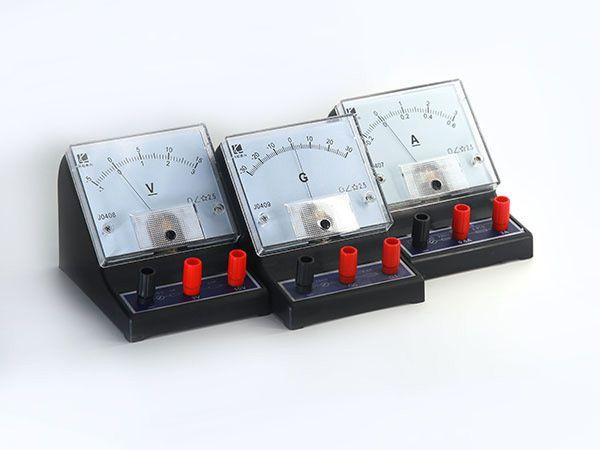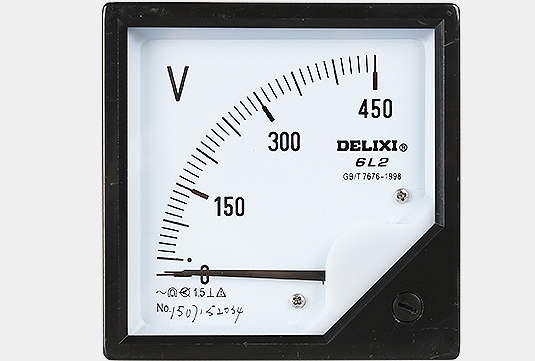How to calculate the multiple of the ammeter after using the shunt
How to calculate the multiple of the ammeter after using the shunt
Motor test measurements usually require ammeters to be equipped with multiple shunt units to solve the problem of ensuring the desired measurement accuracy over a larger measurement range.

At this point, the rated voltage drop of all shunt used must match that of the ammeter (e.g. 75 mV).
Thus, after selecting the shunt, the entire range of the ammeter is the rated current value of the selected shunt, and the multiple of the ammeter (that is, the current on each dial) is the rated current of the shunt divided by Thing. The total number of ticks on a dial.

Channeled and non-channeled diverters are available for DC current measurement. The diverter has a manganese-nickel-copper alloy resistance rod and a nickel-coated copper strip.
The rated voltage drop is 60mV, but it is also available for 75, 100, 120, 150 and 300mV. Slot type diverters are rated for 5A, 10A, 15A, 20A, and 25A. The standard pitch for non-slot type diverters is 30A to 15kA.




